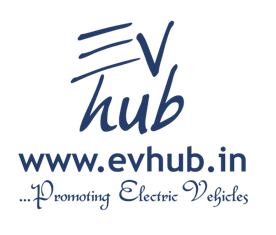Due to increase in fuel cost and high efficiency demand from market, electric vehicle development is ramped up. Toyota launched its first Hybrid Electric Vehicle (HEV) and it is commercially available across the world. This article focuses on introduction of HEV and some of its design challenges in electrical system perspective. It also covers how simulation technology is going to play important role in the product (HEV) development.
Inverter, battery, converter and motor are the major additional or new components in the vehicle to make if HEV or EV. Here the battery is also referred as additional component as it would battery pack unlikesingle battery in existing conventional vehicle. Refer figure1, the major components and its likely positions are indicated in the vehicle.
